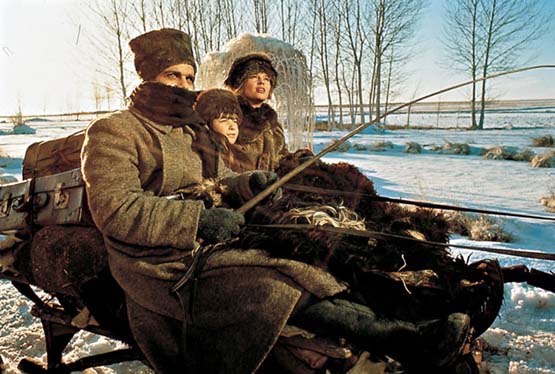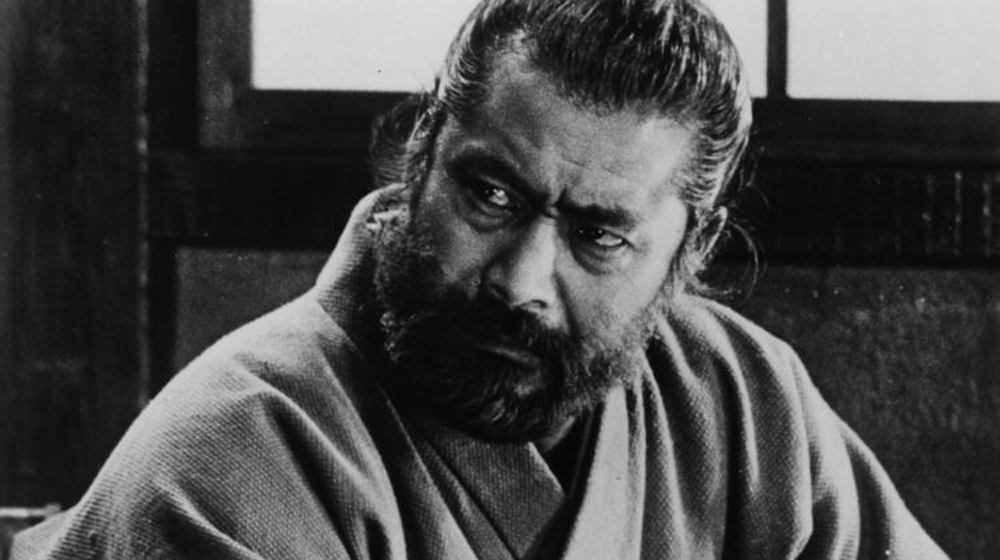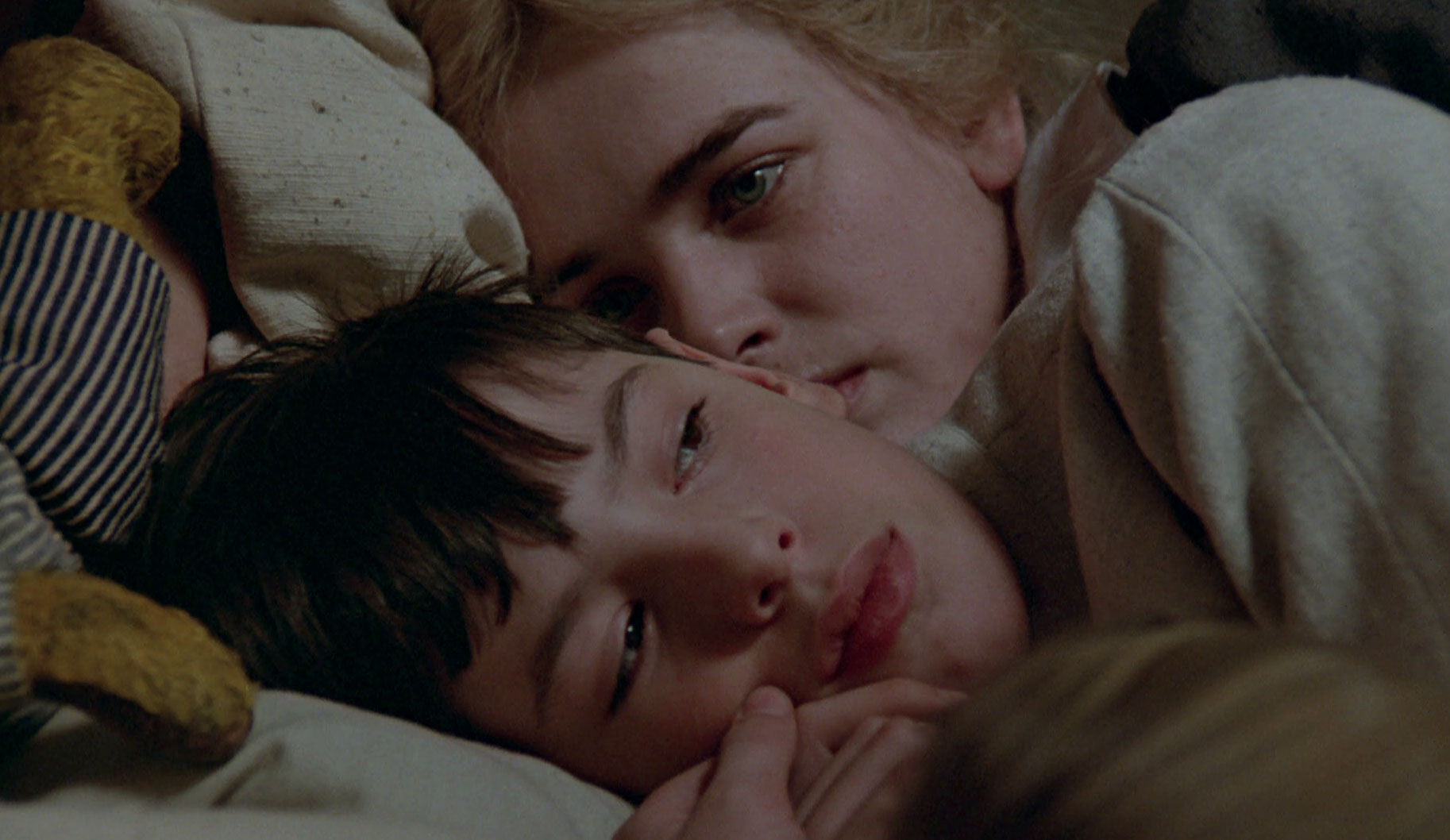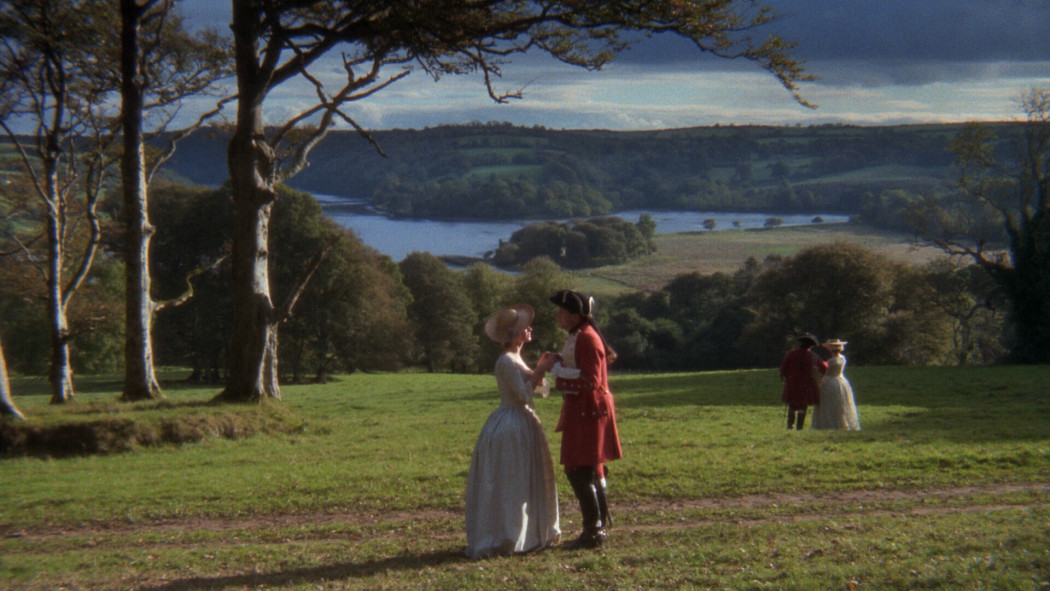6. Dr. Zhivago (1965)

David Lean’s epic drama released in 1965 was one of his most ambitious projects, and this says much about the man who made “Lawrence of Arabia.” Produced in several countries by the powerful Metro-Goldwyn-Mayer studio, this is a truly monumental film that runs for 200 minutes and involves an overwhelming number of extras, complicated locations and intricate battle scenes.
“Dr. Zhivago” is based on the novel by Boris Pasternak, and is recognized as the novel that gave Pasternak his Nobel recognition. Adapted by Lean, the novel turned into a magnificent and perfectly crafted film that stands as a landmark to what commercial cinema can be.
The plot of the film involves many events and characters spawning for almost 30 years, from 1902 and 1929. During the film, we see how the lives of the characters are affected by events such as the First World War or the Russian Revolution.
The film stands as a work of art that reveals how the individual faces the unforgiving world where collective fights take down individual lives. “Dr. Zhivago” won several Academy Awards and Golden Globes, and it also was a commercial success that consolidated the reputation of the legendary British director.
7. Red Beard (1965)

The last collaboration between Akira Kurosawa and Toshiro Mifune is a 185-minute portrait of a rural clinic, in which a doctor works to fight the pain of several people at the clinic, both psychical and existential.
The films take inspiration in a Japanese collection of short tales named “Akahige shinryokan” and a novel by Fyodor Dostoyevsky, a common influence in Kurosawa’s films. The film displays the influence of the doctor in the young Noboru Yasumoto, whose characters are dominated by arrogance and then is transformed by the kindness of Dr. Kyojō Niide, played by Mifune.
Through the film, we see take a gaze into the life stories of the clinic’s patients, the origins of their maladies, and their individual struggles that slowly transform the perspective of the egocentric Noboru Yasumoto. By the end of the film, Yasumoto’s perspective on Dr. Kyojō has changed: now he sees him as an admirable figure and an example of what medicine can mean for the lives of suffering individuals.
This film was addressed by Kurosawa as a landmark of his career; he said that the film he made after “Red Beard” were different from the ones he did before, as said in an interview with Gabriel Garcia Marquez, who had a great admiration for the film.
8. Fanny and Alexander (1982)

Intended as the retirement film of Swedish legend Ingmar Bergman, “Fanny and Alexander” was conceived as a four-part film for television that would also be released in theaters as a shorter version; the longest version of the film lasted for five hours and 40 minutes, the longest Bergman film.
“Fanny and Alexander” was both a commercial and an artistic success; it was revered by the general public and is also conceived as one of the greatest films in Bergman’s filmography. The film is a portrait of the Ekdahl family, whose several characters are the subject of dark and mysterious events involving marriage, religious imagination, and magic.
The film has been the subject of several heterogeneous analyses, which is further proof of the great inventive and powerful ambiguity that Bergman could achieve. The events of the film involve abusive relationships, breaks between fiction and reality, and existentialist reflections that build up to a mesmerizing experience through the eyes of the young Alexander.
Here is a film that keeps the viewer invested in the characters’ fate, delivers the plots with a carefully crafted degree of ambiguity, and lets the viewer participate in the experience and create their own interpretation of it.
9. Barry Lyndon (1975)

Based on the novel by William Makepeace, Stanley Kubrick made a 185-minute film that was recognized by many directors and associations as one of the most perfect films ever made. The historical drama is depicted with a unique visual style that melts the precision and perfectionism of Kubrick with a strict restriction of using only natural light, which led the filmmakers to use candles and very specific lenses to capture the atmosphere that Kubrick wanted to create.
In “Barry Lyndon,” Kubrick created a magnificent experience in a unique and perfectly built world that makes the viewer want to keep watching and feeling the three hours of the film..
The film depicts the rise and fall of Barry Lyndon, who starts the film with the name Redmond Barry, a young and idealistic man whose passionate character led him to an uncertain journey outside the familiar world in which he has grown.
The transformation of Redmond Barry into the corrupt Barry Lyndon is wonderfully staged and reflected by the musical leitmotif of the film: “Sarabande” by Handel. The tragic story of Barry Lyndon is one of a man whose idealism is lost as he contacts and builds himself a place in the unforgiving exterior world.
10. The Trilogy of Life (1971, 1972, 1974)

Pier Paolo Pasolini was one of the most unique figures in film history, and one of his last works was the three long films that make the Trilogy of Life: “The Decameron” (1971), “The Canterbury Tales” (1972) and “Arabian Nights” (1974).
The three films were pieces of medieval literature in which several short tales were framed; Pasolini took this material to craft three films in which his very own perspective of cinema and society was displayed. The tales in the films are challenging to the viewer as Pasolini displays the human body and the conceptions around it with an uncompromised and satirical point of view.
The concept of myth was very important within the framework of Pasolini; he believed that it was through myths that a society understood itself, and with this trilogy he wanted to recreate myths that were far away from the values of his time. He saw film form as a medium able to create communication beyond social institutions and taboos, thus in these films he portrayed the human body and sexuality in opposition to what his time forbid. This builds up to an experience that is both challenging and amusing for the viewer, who sees their conceptions of the world constantly challenged by the three films.